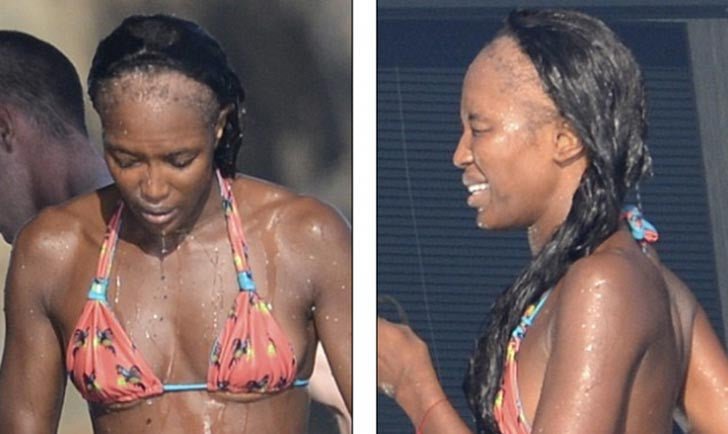
Traction Alopecia Information and How Alodia Hair Care Can Help
As a Certified Hair Practitioner of Trichology and the Founder of Alodia Hair Care, I've met countless women suffering from hair loss due to tight hair styles and chemical treatments. I wanted to write this blog post to shed some light on a serious hair issue that affects mostly African American women: Traction Alopecia
What is Traction Alopecia?
Traction alopecia occurs when wigs, weaves, high ponytails and buns tightly pull hair. This causes the hair to be pulled and can damage the follicles. It leads to hair loss that mainly occurs at the temples or “edges” of the hairline and nape of neck. Traction Alopecia will cause the production of hair to slow down and finally cease leading to hair loss and baldness.
What causes Traction Alopecia?
Hairstyles that place the roots of the hair under constant pressure are the main cause of Traction Alopecia. These include tightly fitting weaves, hairpieces and tautly woven styles like braids and cornrows.
What are the signs of Traction Alopecia and whom does it affect?
Traction Alopecia generally affects the hairline, causing hair loss around the front of the scalp and at the temples and at the nape of the neck. Due to the nature of the hairstyles that tend to cause Traction Alopecia, this hair loss condition is predominantly seen in women.
However, men who wear their hair in tight braids, dreadlocks or sport hair extensions are also susceptible to Traction Alopecia.
How is Traction Alopecia treated?
Depending on the stage that the hair loss caused by Traction Alopecia has reached, it is possible to grow some hair back and stop any further hair loss, as long as no further tension is applied to the areas. Here's some steps that you can take to stop hair loss from traction alopecia:
- Stop wearing the hair styles that are causing traction alopecia
- Nurture the scalp and hair strands by consistently infusing your hair and scalp with nourishing and hydrating ingredients. Any one of Alodia’s Hair Kits will help with this.
- Make sure that your scalp is thoroughly cleansed so that the new hair sprouting from your follicles can grow.
- Use a topical preparation of minoxidil found in any grocery store
These tips are suitable for both men and women. However, once the follicles are destroyed and cease to produce hair, these tips will not be effective.
Interested in having your scalp and hair analyzed? Email Allodia at: info@alodiahaircare.com to schedule your appointment today. You will receive a scalp and hair consultation as well as a 6-week healthy hair care regimen.
